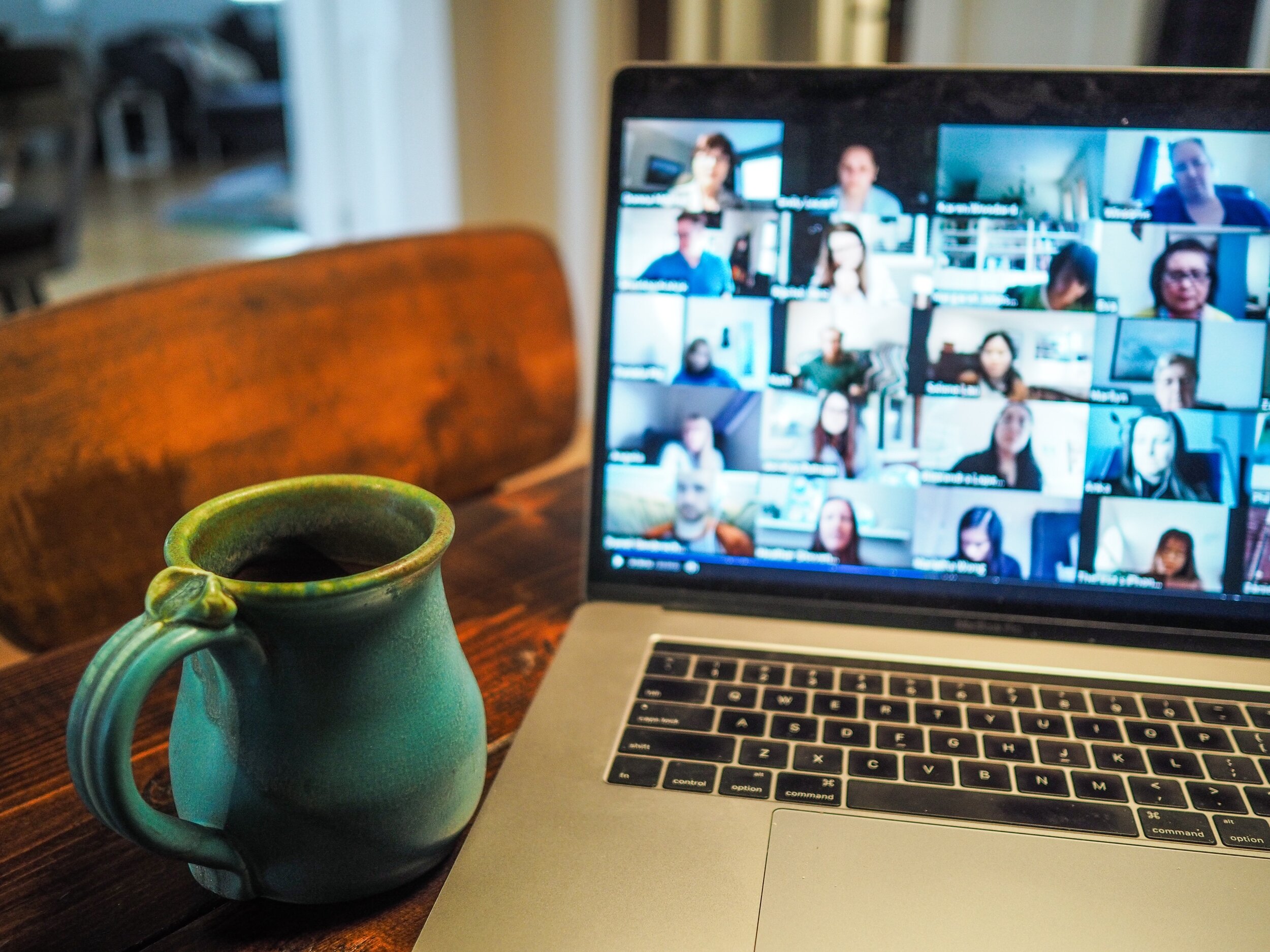Accurately predicting the future is basis of workplace strategy and design, and it is innately embedded in what we do as workplace strategist and workplace designers. Workplace strategy is about looking at the current state of the workplace architecture, along with the behaviours and culture of an organisation, assessing performance and wellbeing, change readiness, workplace technology and desired future ways of working. Workplace design is about creating workplace interiors that support workplace transformation, for people to inhabit at a determined point in the future.
Now more than ever, when it comes to post pandemic workplace strategy and design, trends and research both play a critical role in shaping the workplace of the future.
TRENDS
Trends in workplace design are important – they are a litmus test for the proposed workplace experience. Trends are opinion, or prediction, based on observation of the world around us combined with intuition. Trends can be an ideal to work towards but also something that can help us reflect and measure progress.
For example, in 2016, Futurespace were talking about the ‘uberisation’ of space having an impact on workplace design. Leading businesses the team was consulting to at the time were considering how a CBD located workplace could be supported by co-working environments, ‘hub and spoke’ offices and other third spaces that were closer to employee’s homes. The uberisation of space was about paying for what you need in terms of corporate real estate, and providing both relief and an alternative workplace to overpopulated, dense CBD offices.
In 2021 however, after the COVID-19 global pandemic, many corporate offices sit underutilized as significant, unheard of percentages of workforces are still predominantly working from home. Working from Home (WFH) en masse was sudden and universal. By many accounts it has been an overwhelmingly successful global experiment, demonstrating that Working from Home is here to stay for many organisations and their people, in some capacity at least. This has led to some of the biggest trends in workspace design being the development of a hybrid workspace, hackable and agile interior architecture, workplace wellbeing elevated like never before and diversity and inclusion strategies in the workplace.
RESEARCH
Research differs from ‘trend’ in that research is a look into the past. Whereas trends are generalized, high level and future focused – research is specific and detailed and involves the collection of evidence in order to extrapolate a future. Additionally, research always starts without a predetermined outcome; it is a process of both discovery and analysis.
As workplace strategists and workplace designers, the research we do is grounded in ‘real life’. It is about talking to people, listening to their stories and experiences and really understanding what is happening for them on a daily basis when it comes to how, where, why and when they work.
This focus on people – what works well for them at work, as well as what are they struggling with –plays a huge role in influencing how a hybrid workplace strategy will develop, as well as how innovation and productivity can be an innate part of a high-performance culture.
Design research is undertaken in a variety of ways including:
-
Surveys and Questionnaires; these are a great way to benchmark across industries and sectors, as well as understand what drives staff performance and staff wellbeing
-
Interviews; especially face to face so that all the nuances of body language and tone can be appreciated and to understand the sentiment of corporate communities
-
Observation; done with neutrality in order to record and collect useful observations and insights, along with data and analytics
-
Prototyping; whether that is furniture or desking or setting up an area of the future workplace for occupants to test and trial, particularly in light of new hybrid work models and behaviours
-
Case studies and exemplar projects; to provoke discourse, debate and conversation, and understand future ways of working and the changing world of work
Research into an organisation and its people helps identify the opportunities to be considered when creating future ways of working, including new hybrid workspace models. Future of work research also provides insight and knowledge for business leaders to enable workplace transformation and support key property and workplace decisions being made with certainty.
In any workplace strategy or workplace design, trends and research need to marry together in order to create the optimum workplace experience for an organisation and its people, particularly in the post pandemic workplace.



